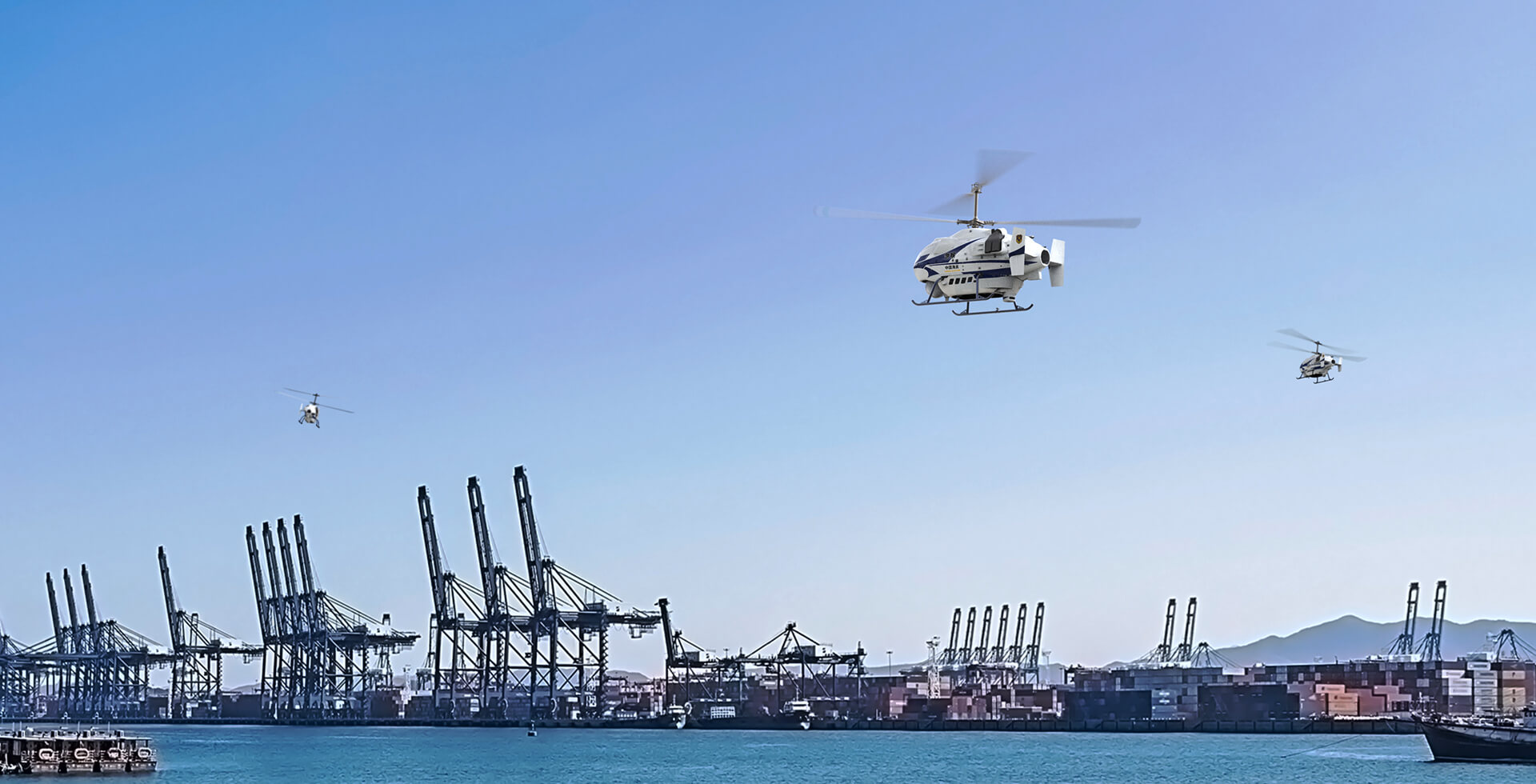

-
UAV Products
- TD550 Coaxial Unmanned Helicopter
- Lanying R6000 Tiltrotor Aircraft
- TD220 Coaxial Unmanned Helicopter
- Leiying Q20 Quadrotor Flight Platform
- Q100 Agricultural UAV
- Boying T1400 Tandem Unmanned Helicopter
- Design Techniques for Modification from Manned Helicopter to Unmanned Helicopter
- TA-Q3 Pipeline Patrol Mini UAV
- TA-Q4 Warehouse Patrol Mini UAV
- TA-Q5 Tunnel Patrol UAV
-
Ground Equipment
-
Airborne Equipment
- Multiple Redundant Flight Control Computer
- Dual-Redundancy Servo Controller
- 270V Dual-Redundancy Actuator Servo System
- Smart Actuator
- Dual-Redundancy Electric Servo Actuator(Rotary Actuator)
- Dual-Redundancy Electric Servo Actuator(Linear Actuator)
- 28V Actuator Servo Driver
- Unmanned Helicopter Integrated Tester
-
Rotor Blades
-
Composite Products
-
Logistic Transportation
-
Public Security Law Enforcement
-
Border and Coast Security Guard
-
Powerline Inspection and Construction
-
Oil and Gas Industry






